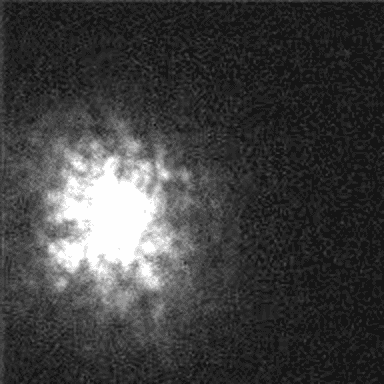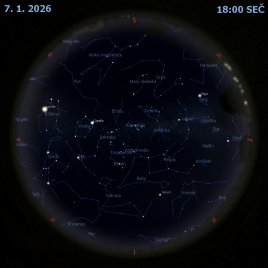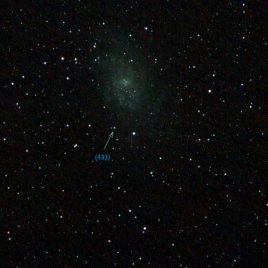Proč se hvězdy mihotají

Uznání: Applied Optics Group (Imperial College), Herschel 4.2-m Telescope
Takto opravdu vypadají hvězdy z povrchu Země. I pro nejlepší lidské oko má vzhled hvězd daleko od toho jak by měly vypadat nekonečně malé body světla. Zemská atmosféra se ale vlní, a tak různé vzduchové polštáře vytváří různé obrazy jednobodové hvězdy. Protože se atmosféra vždy mění a je větrná, tak se mění i počet a poloha obrazů a výsledkem je, že se zdá, že hvězdy mihotají. Časová smyčka nahoře je proti skutečnosti desetkrát zrychlená. Bližší pohled ukazuje, že se jednoduchý malý obraz hvězdy opakuje znovu a znovu. Tento obraz se nazývá skvrnkový a jeho velikost opravdu není nekonečně malá, ale je dána různými kvantovými jevy, mezi než patří i konečná velikost dalekohledu. Nedávný vývoj v adaptivní optice ("gumová zrcadla") umožnil spektakulární pokroky v redukci atmosférického rozmazání obrazu. Hvězda mihotající se nahoře je Betelgeuse a v kosmickém prostoru vypadá takto.
NASA Official: Phillip Newman Specific rights apply. NASA Web Privacy Policy and Important Notices
A service of: ASD at NASA / GSFC & Michigan Tech. U.
Odkaz na originální APOD


